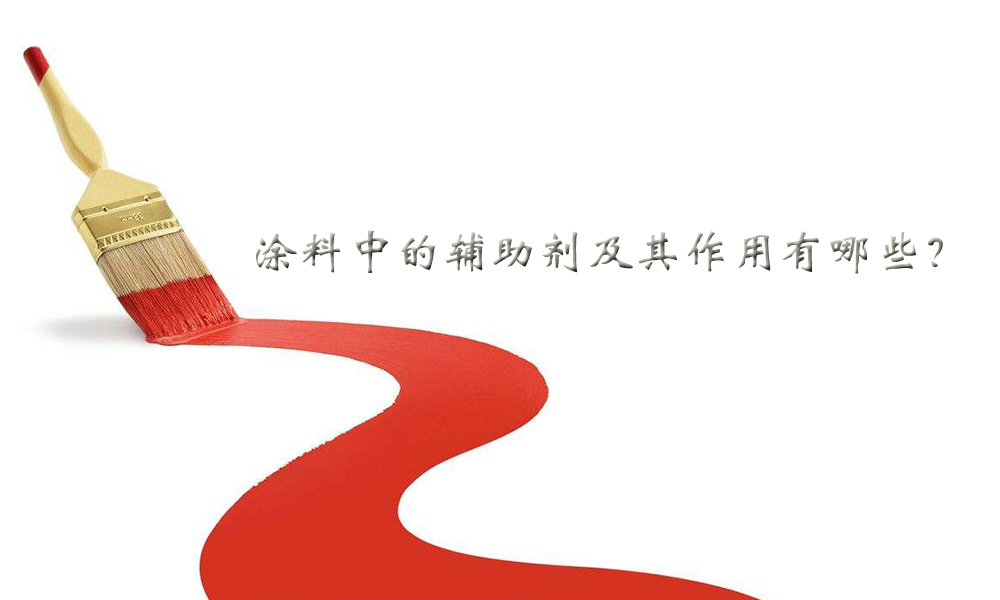
The ingredients of coatings are pigments, adhesives and auxiliaries (such as dispersants) , lubricants, hydration resistance agents, defoaming agents, etc.).
After the coating is combined with the base paper, it must achieve the surface strength required for printing without causing powder loss during printing; it must have good ink receptivity so that the ink can be evenly transferred to the coating surface; it must have good smoothness. On the super calender, the coating layer is easily stretched slightly and the smoothness is significantly improved; it has high whiteness and can show high gloss; it has high opacity and can hide or make up for the defects of the base paper in terms of optical properties. In addition, different grades of coated paper have different requirements for coatings. The higher the grade, the higher the requirements. Therefore, although the amount of auxiliary agent in the coating is small, it plays an important role.
So what are the auxiliaries in coatings and their functions?
Auxiliaries are used to improve Auxiliary chemicals for coating and coating properties to meet certain special requirements. There are many types of auxiliaries, but the total dosage is very small, generally no more than 5% of the coating.
If the dispersant is to improve the dispersion of the pigment, sodium hexametaphosphate is commonly used;
The water-resistant agent is to improve the water resistance of the coating;
Flow The lubricant is to improve the fluidity of the paint;
The lubricant is to improve the glazing effect of super calendering.
Commonly used additives include: lubricant zinc stearate, softening plasticizer glycerin, defoaming agent pentanol or octanol, antifungal agent carbendazim, pH adjuster ammonia and sodium hydroxide wait.
The following supplier of zinc stearate will give you a brief introduction to the lubricant zinc stearate:
Zinc stearate is a white powder, insoluble in water, soluble in hot ethanol, benzene, toluene, turpentine and other organic solvents; it decomposes into stearic acid and corresponding salts when exposed to acid; there is a fire hazard under dry conditions Sex, auto-ignition point 900℃; hygroscopic.
Zinc stearate mainly plays an internal lubrication effect. The internal lubrication effect of zinc stearate reduces the intermolecular force of the blend, weakens the interface effect, and has a certain plasticizing effect, so Has the effect of reducing liquidity�

 微信扫一扫打赏
微信扫一扫打赏

